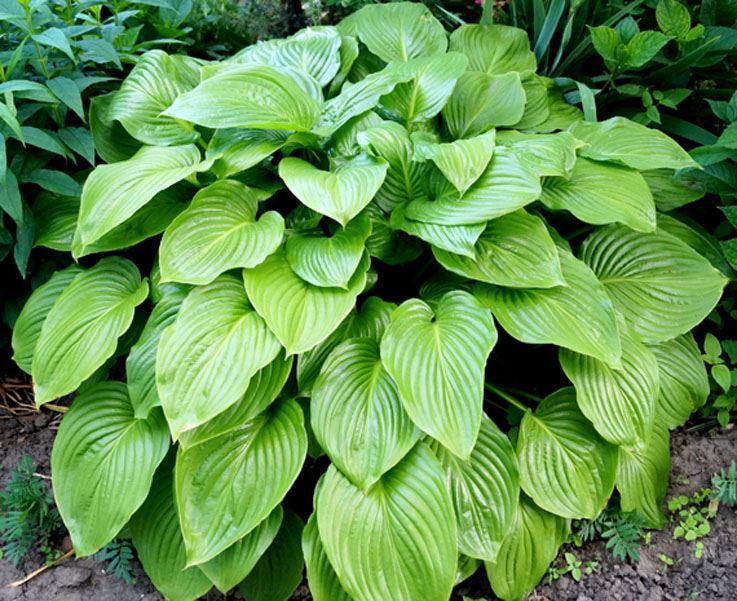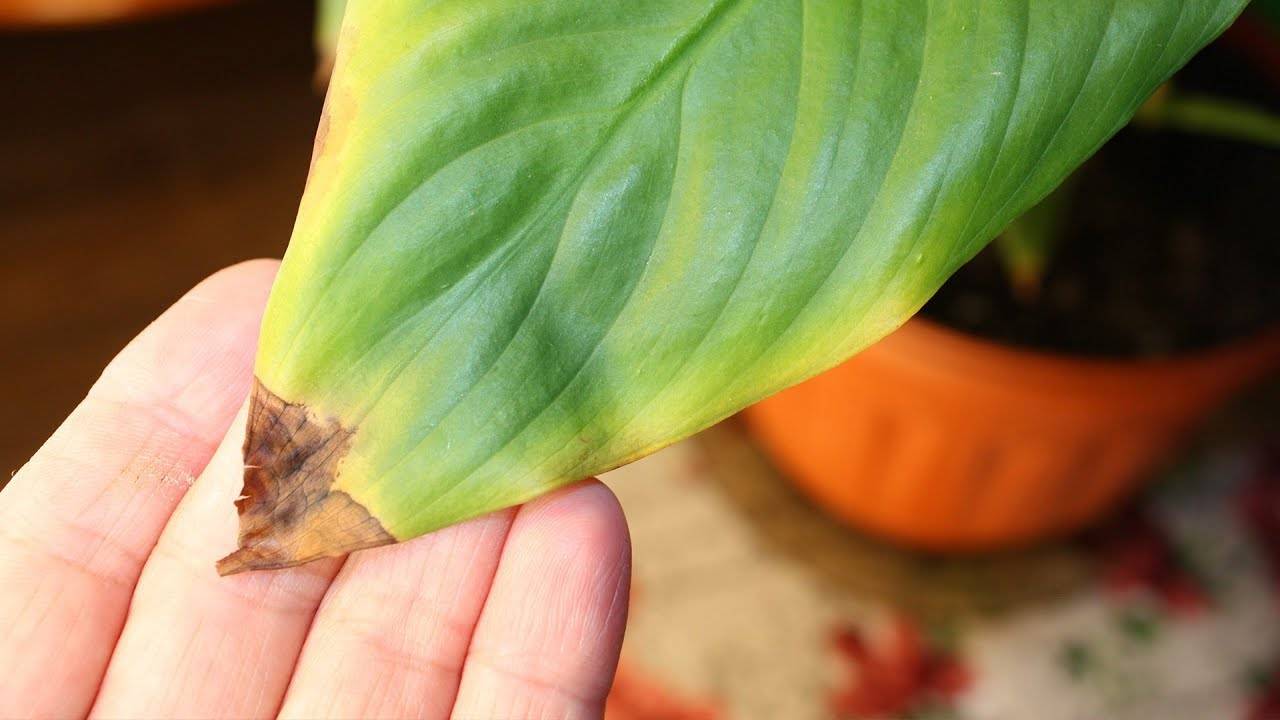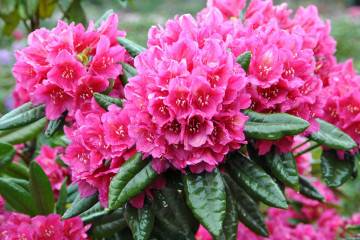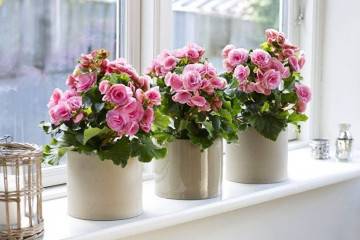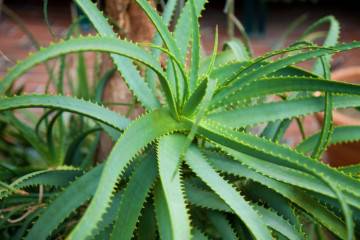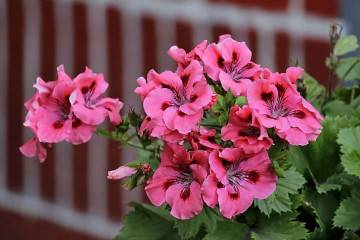Diseases of hosts
Content:
Hosta, until recently, was called a function. It is a perennial, most often used for landscape design of backyard, adjoining and suburban areas. It can grow up to 2 m in height. The homeland of the plant is Japan, Asia. Hosta is a rather thermophilic perennial, therefore, on the territory of Russia, during the winter temperature drop, it needs a mandatory shelter. If you neglect this rule, the plant can get sick, or even die altogether. In addition to winter care, it needs special attention at other times of the year. Observing a perennial, carrying out the necessary procedures for its maintenance in time, you can avoid many diseases, as well as attacks of insect pests.
Diseases of hosts
Like any other plant, hosta does not have strong immunity to many diseases. The most common symptoms of this perennial disease are:
- yellow leaves;
- dry tips of leaves;
- curliness of leaves;
- spots on the plant;
- holes in the leaves;
- rusty stains, etc.
For any of these symptoms, you should immediately take action that can prevent the development of the disease.
Why do hosta leaves turn yellow?
The yellow spots on the leaves are caused by the HVX virus. This virus provokes the appearance of small brown or yellow spots on the leaves. Over time, the spots grow, expand, and occupy the entire surface area of the leaf. In the early stages of the disease, it can be very difficult to distinguish spots from sunburn or spots from HVX spread.
It is impossible to cure a diseased plant from this virus. In order not to become infected with nearby flowers, the affected bush is dug up and burned. If new leaves begin to sprout at this place, they must be removed.
The tool with which the host was dug out is thoroughly disinfected with formalin. It is recommended to disinfect the soil in which the diseased plant grew.
In order not to transfer the virus from an infected bush to healthy ones, you should follow some of the recommendations of specialists:
- Treat all instruments with formalin.
- Avoid getting juice from cut leaves or peduncles on healthy bushes.
It is necessary to check newly acquired varieties for the presence of the virus. This is done using a special solution that can be purchased in specialized stores, or can be done at home. To check, it is enough to take a small fragment of a sheet plate, place it in a solution, and knead it slightly. Further, a test strip is dipped into the resulting liquid - in the presence of a virus, it turns red.
Another reason for yellowing of leaves is a fungal disease - phylosticosis. The leaves of the hosta affected by phylosticosis may first turn yellow, then acquire a brown tint, and then a plaque appears on the surface. Over time, brown leaves wither, crack and fall off.
This disease is treated at any stage of its manifestation. For treatment, it is necessary to spray the plant with such preparations of your choice:
- Strobi, in a proportion of 4 grams per 10 liters of water;
- Vectra, in a proportion of 3 ml per 10 liters of water;
- Abiga Peak, in a proportion of 50 grams of the drug per 10 liters of water.
Processing must be carried out at least 2 times, with a difference of 10-14 days.
Peduncles are processed at the beginning of summer separately with the following means:
- copper sulfate;
- colloidal sulfur, in a proportion of 100 grams per 10 liters of water.
It is also recommended to reduce watering, as an excessively humid environment is an excellent place for fungal spores. Leaves on which yellow or brown spots are found must be cut off and burned.
Hosta leaves tips dry
Dry leaf tips in perennials can be symptoms of botrytis. A distinctive feature of this disease is that it begins to develop from the edge of the leaf. Over time, gray rot, and this is the second name of the disease, affects the entire area of the hosta leaf.
This disease can be treated only in the initial stages. If you start diseases, it will be too late to treat the plant. A neglected plant very rarely comes back to life.
For prevention and treatment, the following means are used:
- Bordeaux liquid;
- Topaz;
- Cuproskat;
- Champion, etc.
Hosta: leaves are curled
Leaf curl is considered one of the most severe and serious hosta diseases. There are several opinions about the causes of this disease in a plant. Some believe that it is caused by the curly virus, which is commonly seen in tomatoes. Others talk about a fungal disease that leads to deformation of the leaf plate.
In addition to the fact that the sheet looks like corrugated paper, it turns yellow and dries, and eventually disappears. Insect pests can also cause curliness.
So, the hosta turns yellow, what to do and how to save the plant from death? It depends on the reasons:
Curl virus
It spreads very quickly. It is transmitted during sap flow, during the vegetative period. Affected plants should not be divided, as this will lead to sick offspring.
There are no drugs that can kill the curl virus. You can try to cut off all the affected yellow leaves from the bush, treat the cuts with formaldehyde. But this should be done only in the initial stages of the disease, until the virus infects the root system.
Fungal curl
The provocateur of this disease is the tafrin mushroom. When a plant is affected by this fungus, the surface of the leaf thickens unevenly, and the plate begins to deform.
In some host species, this manifests itself in the form of a corrugated surface, in others, swelling of some parts of the sheet, darkening. Later, a white bloom forms on the lower part of the leaf and it becomes soft.
To combat fungal curl, the affected leaves are removed, and healthy ones are treated with a solution of copper sulfate or Bordeaux liquid. It is recommended to treat the hosta with the same drugs at the very beginning of spring, for preventive purposes.
Insect pest curl
It is very rare that the host's curl is caused by insects. The reason for this is the very bitter sap of this plant. But if, nevertheless, insects attacked the bush, you can fight them with Strobi or Topaz preparations. Cut off the affected leaves, and treat the cut sites with formalin.
Hosta leaf spots
The appearance of brown or yellow spots on the leaves of plants can be caused by a virus or phylosticosis disease. If the plant is damaged by a virus, it must be dug up and burned, and the place where the hosta grew must be treated with formalin. You can try to treat the spots that appear as a result of the disease.
The following drugs have proven themselves well:
- Bordeaux liquid;
- Topaz;
- Champion;
- Strobe, etc.
Hosta leaves in holes: what to do
Holes on the leaves of the hosta appear as a result of the attack of slugs or snails. In most cases, these pests attack in early or mid-autumn.
For prevention purposes, mulch is used from hard materials, for example, bark, thick coffee, small branches, etc. And those slugs that are visible on the leaves must be collected by hand and removed away from the plant.
You can get rid of slugs using folk methods, using baits. To do this, a container with beer is placed at a short distance from the host. The slugs are attracted by the smell and taste of this drink, and they leave the plant.
The cause of the holes in the leaves may be an attack by caterpillars. These pests are able to destroy an entire medium-sized bush in a very short period of time. To combat them, insecticides are used. These drugs work for a very long time.
Rust on the host
This disease affects varieties that have a yellow border around the perimeter of the leaf. This disease manifests itself in large spots, first of a yellow color, which then acquire a rusty hue.
The most common cause of the disease is a lack of moisture. It is necessary to increase the number of irrigations, monitor the quality of the water, and be sure to spray the plant in the morning and evening, during a decrease in solar activity.
Why host grows poorly
Hosta may not grow for several reasons. It is necessary to understand what exactly factors prevent the plant from growing or blooming.
Why hosta does not bloom
One of the reasons for the lack of a peduncle is the wrong planting site. Hosta loves shade very much, so if you choose between a sunny planting spot and the darkest corner of the garden, it is recommended to choose the second option. In the scorching sun, the host will slow down the growth of leaves, stop producing flower stalks, and may also begin to die.
You should also consider how much time has passed after planting a young plant. In the first 2 years, the bush can grow the root system, so you can not expect too rapid development and flowering from the plant.
The lack of flowering can be triggered by frequent transplantation of the bush. The host does not like being pulled to different parts of the site. It can grow in one place for several decades. The main condition for flowering is only thinning of the hosta, since it grows too much, and a certain bush simply does not have enough micronutrients to release the peduncle.
If the hosta has not bloomed for several years, and no apparent reason is found for this, it is recommended to clarify the plant variety. On the territory of the Urals, Siberia, and even the Moscow region, some late-flowering varieties simply do not have time to bloom due to the rapid onset of cold weather.
If the climatic conditions are too harsh, the host must be planted among the stones. They are able to keep warm for a long time, and this should be enough for the plant to release a peduncle.
Why is the host not growing
Although hosts are considered "lazy" plants, they need some care. There are many tricks and nuances when growing this plant. But what if the host has stopped developing and growing? Slow growth can be influenced by many factors. These can be both diseases and improper care or the choice of a landing site.
Wrong landing site
Although the hosta loves shaded areas, she still needs sunlight. The place for planting is chosen such that the sun's rays fall on the leaves for at least a few hours a day, in the morning.Also, the plant should be protected from through winds.
Lack of moisture
The host loves moisture very much. Its slow development may indicate that the plant simply does not have enough water. Therefore, for the full and rapid development of the bush, regular watering should be carried out. Of course, the hosta will not dry out if it does not receive the required amount of water for some time, since the plant is considered drought-resistant, but the growth of both the plant itself and its leaves will slow down significantly.
Other reasons
A factor affecting slow growth is neighboring plants, which, due to their stronger root system, can absorb all nutrients from the soil, preventing the hosta from growing.
One of the most dangerous host pests is mice. They can damage the root system of the plant, thereby slowing down its growth. Another problem with rodent attacks on the host is stealth, since the top of the plant remains intact.
Also, the host can grow poorly after a serious illness. She needs time to recover, it can take several months.
Hosta is famous for its large and wide green leaves. This plant is an adornment of any site, summer residence. It is used in landscape design, combined with many plants, and creates a unique look for various compositions.
Hosta is famous for its unpretentious care and maintenance, as well as strong immunity to many diseases. There are many host varieties that adapt to different conditions of detention. And even a beginner can handle caring for this plant.
